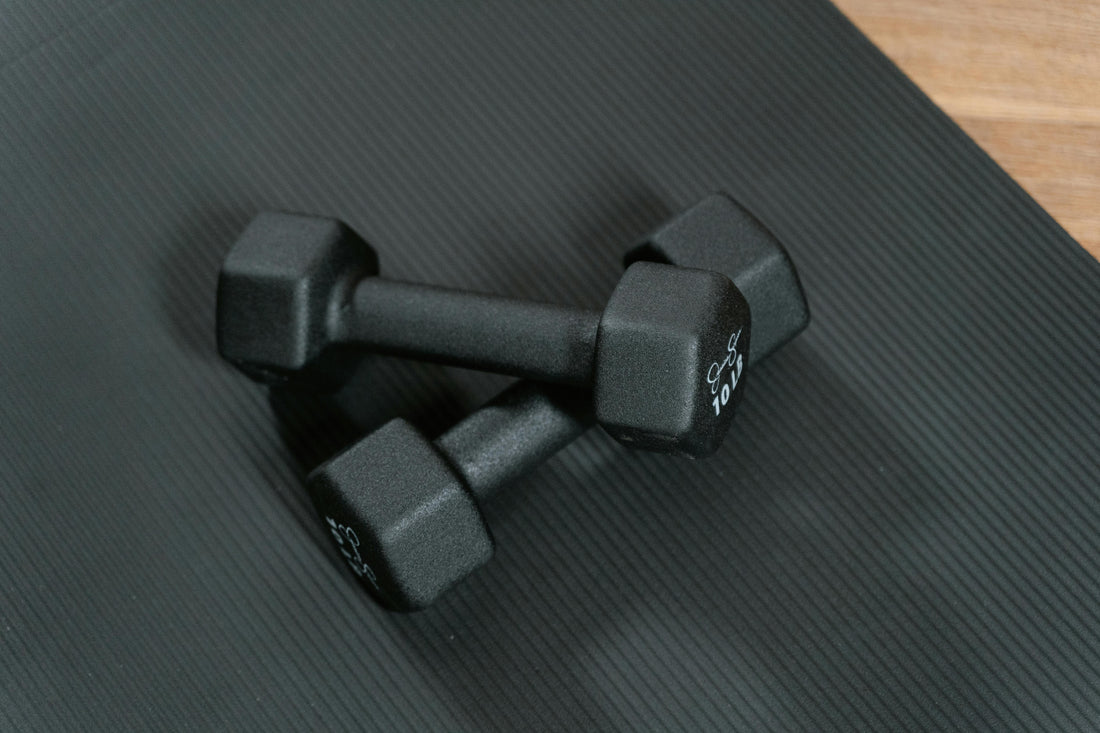
Why Heavy Strength Training Is Good for Older Adults
Share
Introduction
Many older adults think strength training is only for young people or athletes. But new research shows that lifting heavy weights can be incredibly helpful—and safe—for people over 60, even those with health conditions. In fact, strength training with heavy loads may be one of the best ways to stay healthy, independent, and strong as we age.
Why Muscle Strength Declines with Age
As we grow older, we naturally lose muscle mass and strength. This is often made worse by illnesses, injuries, or just becoming less active. Weak muscles can lead to trouble with daily activities like getting up from a chair or walking upstairs. It also increases the risk of falls and injuries. Fortunately, strength training can help reverse much of this decline.
What Is Heavy Strength Training?
Heavy strength training involves lifting weights that are around 80–90% of your maximum ability (also called 1RM—one repetition maximum). This means you can only lift the weight 3–5 times before needing rest. While this might sound intense, it’s adjusted to your individual strength level. For example, lifting 90% of your 1RM might just be pushing your own body weight or using a machine with moderate resistance.
Benefits of Heavy Strength Training for Older Adults
-
Increases Muscle Strength Quickly
Older adults who train with heavy weights see impressive gains—up to 8.5% increase in strength per session. This can help restore the strength of a 70-year-old to that of a much younger person in just weeks.
-
Improves Movement and Independence
Tasks like rising from a chair, walking, or climbing stairs become easier. This helps older adults stay independent longer and reduces the need for outside help or assisted living.
-
Boosts Nervous System Function
Strength isn’t just about muscles—it also depends on the brain’s ability to signal muscles to contract. Heavy training improves this communication, which often slows down with age.
-
Supports Bone and Joint Health
For people with conditions like osteoporosis or arthritis, lifting heavy weights in a safe, controlled way can improve bone strength and joint function.
-
Reduces Risk of Falls
Better strength and balance mean fewer falls. Fall-related injuries are one of the biggest health risks for older adults.
-
Helps People with Chronic Illnesses
Even those with heart disease, cancer, stroke, or other chronic conditions benefit from strength training when it’s supervised and tailored to their ability.
Is Heavy Strength Training Safe?
Yes, when done correctly. The weight is based on what you can handle, not someone else. The movements are controlled, and exercises often use machines that support proper form. Studies show even very frail people or those recovering from surgery can safely lift heavy weights when guided by a professional.
How to Get Started
-
Start with an Assessment
You don’t have to test your 1RM directly. Trainers can estimate it based on how many reps you can do with a lighter weight.
-
Use the Right Form
Begin with a slow downward (eccentric) movement, pause, and then push up (concentric) with as much force as you can. The goal is not speed—it’s effort.
-
Train 2–3 Times a Week
This gives your muscles time to recover and grow stronger between sessions.
-
Target Major Muscle Groups
Focus on exercises for the legs (like leg presses), back, and arms. These help with walking, lifting, and balance.
-
Rest Between Sets
Take 3–4 minutes of rest between heavy sets. You only need a few sets per workout to see results.
Conclusion
Heavy strength training isn’t just for bodybuilders—it’s one of the most powerful tools older adults have to fight aging. It helps with strength, balance, movement, and even reduces the risk of chronic diseases and injuries. Whether you're healthy or managing a condition, lifting heavier weights—safely and with the right support—can help you live better, longer.
If you’re unsure where to start, speak with a fitness professional or physical therapist familiar with older adults. It’s never too late to get stronger.
